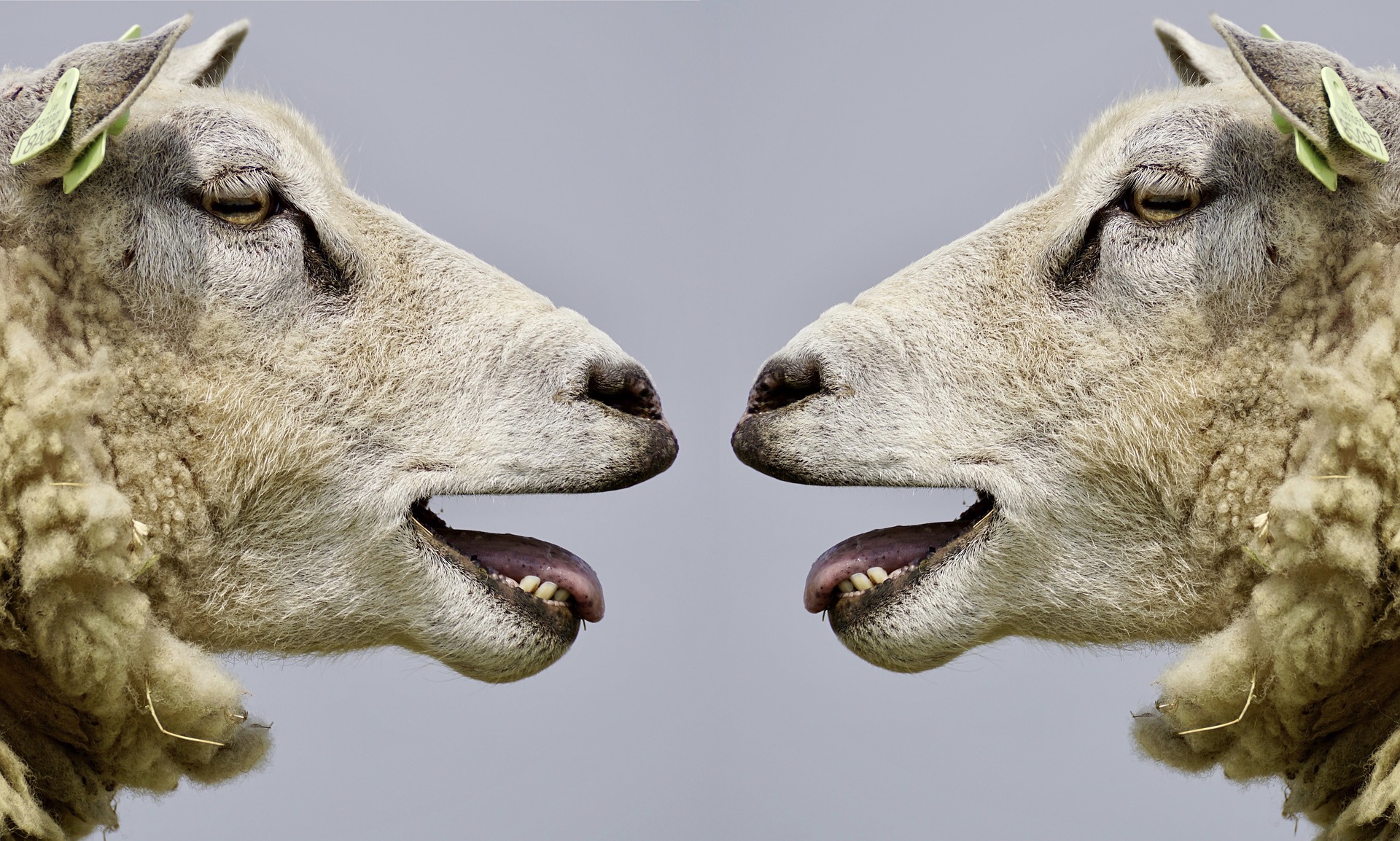 A scene is: Doing (Action), Thinking (Narrative), and Talking (Dialogue)
A scene is: Doing (Action), Thinking (Narrative), and Talking (Dialogue)
Obviously, we can’t know what others are thinking. We can see them moving, doing, and we find that interesting, but when they speak, we listen. The cell phone rings and we answer it. A loud speaker blares and we pause.
Talk is not cheap. Talk is tension.
A writer has a number of tools for story building: narration, action, description, and dialogue.
Description and narration will move it slowly, steadily, and easily along. Think literature.
Action and dialogue will speed it along—dialogue more so than action. When characters start talking, the story starts walking.
Dialogue reveals theme. “Sometimes the right course demands an act of piracy.” In the movie Pirates of the Caribbean, Jack Sparrow actually states the theme of the story in dialogue. When possible, allow your main character to speak the theme through dialogue.
Function of Dialogue
Dialogue reveals the character’s motives and opposing agendas. A dialogue scene propels the story into high gear. We love to eavesdrop; through words we reveal our heart. We introduce our characters through dialogue, expose their motivation, wants and needs.
Behavior is external; motives are internal. Dialogue presents both at once.
Elements of Dialogue
For dialogue to work it must:
Sound right for each character. There are four aspects to consider:
- Vocabulary (words each character uses)
- Words & Expressions unique to each character (establish a saying or phrase early in the story)
- Regionalism
- Dialect (accent)
Since dialogue is best when it is an extension of action, give your characters different agendas in a scene. Then the dialogue will take care of itself as your characters work through a problem in the scene.